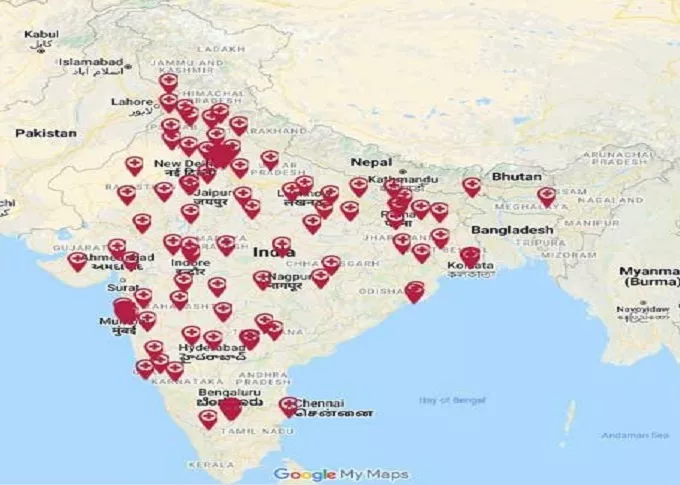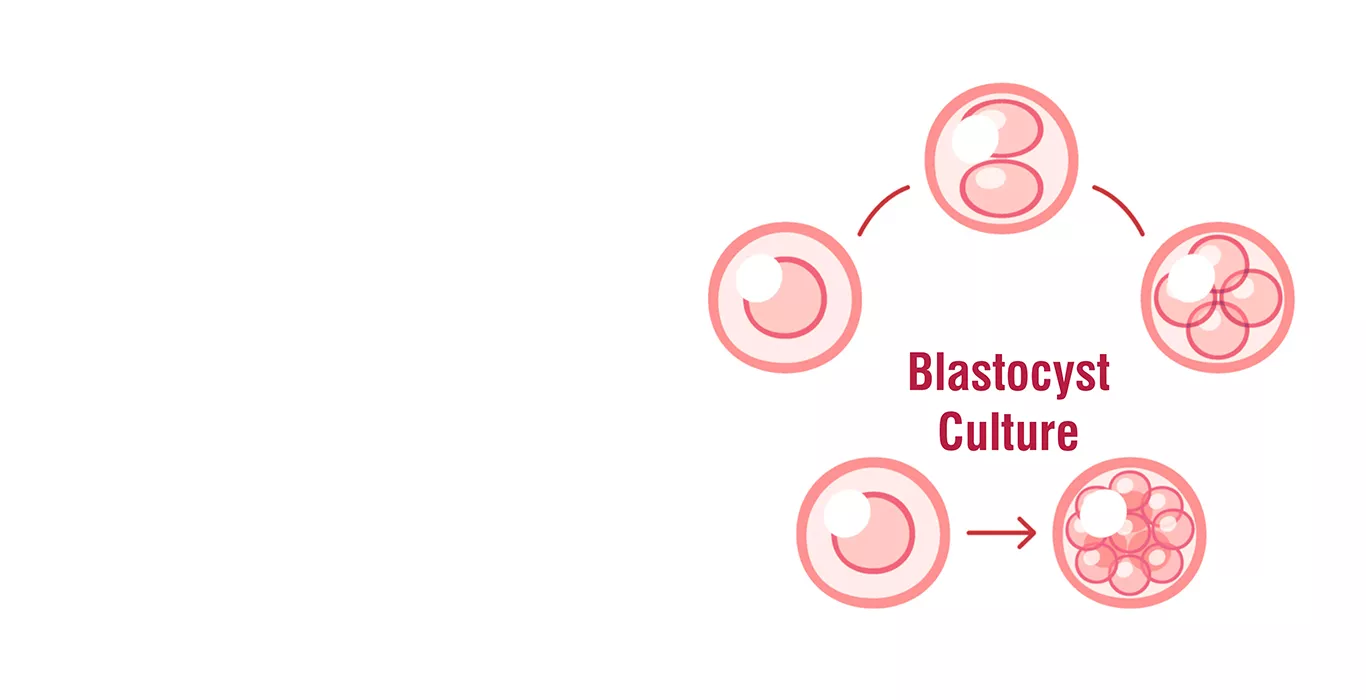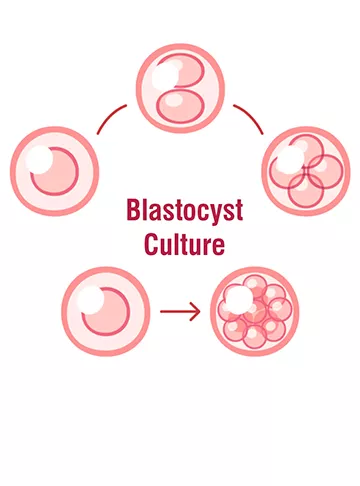Blastocyst culture and transfer is an integral step in the assisted reproductive technology (ART) cycle as it is related to the transfer and implantation of the blastocyst, leading to a pregnancy.
Consult:
The first step is to consult with a fertility/IVF specialist in order to discuss medical history. IVF does not guarantee 100% success and hence, it is imperative that risks and side effects of the procedure are understood.
Blood Tests And Scans:
This is followed by blood tests and scans where various parameters such as hormone levels are checked in females as well as ultrasound is performed to ascertain ovarian reserve. These are also performed to check for any pre-existing conditions such as diabetes or hypertension in the partners.
Follow-Up Consultation:
After the results are out, a follow-up consultation is done with the specialist. The treatment plan is discussed, consent is taken from the patient, more screening tests are done.
Semen Analysis:
Semen analysis is performed on the male partner’s semen sample to check sperm count, morphology and mobility.
Stimulate Ovaries:
After baseline scan, hormonal injection is administered to stimulate ovaries to develop multiple eggs.
Monitoring:
Regular monitoring is performed through scans and blood tests to observe response to drugs.
Trigger Injection:
Once hormone levels are at optimal levels, a trigger injection is administered to trigger eggs to mature.
Egg collection:
Egg collection or ovum pickup is performed to collect eggs via a needle passed through the vagina; the patient is sedated for this procedure. A semen sample collection is done on the day ovum pickup is performed.
IVF or ICSI:
IVF or ICSI is performed, depending on patient requirements. The embryos thus formed are developed in an incubator in a culture media comprising all nutrients required for its growth.
Blastocyst:
Embryos are observed for growth from one-celled to two-celled leading to four-celled and then eight-celled stages. The 16-celled stage called Morula is achieved leading to an uncountable cell stage called blastocyst on the 5/6th day of development.
Pre-Implantation Genetic Test:
Pre-implantation genetic test (PGT) is performed during this development stage to check if the blastocysts formed have any genetic anomalies.
Grading:
The blastocysts formed are graded by checking the trophectoderm and the inner cell mass by an embryologist. These days, artificial intelligence and machine learning is also increasingly used in this step to eradicate chances of human error.
Blastocyst Transfer:
The best blastocyst is transferred into the uterus. A catheter is inserted into the cervix and to the uterus, transferring the blastocyst for implantation. This process is guided by ultrasound.
Cryopreserved:
The remainder of good quality blastocysts are cryopreserved and can be used in a later cycle; this is called a frozen embryo transfer and negates starting the ART process from scratch.
Pregnancy Test:
A pregnancy test to check for a positive beta-human chorionic gonadotropin (βhCG) is performed about 12 days after blastocyst transfer.
Pregnancy Calculator Tools for Confident and Stress-Free Pregnancy Planning
Get quick understanding of your fertility cycle and accordingly make a schedule to track it
Get a free consultation!















